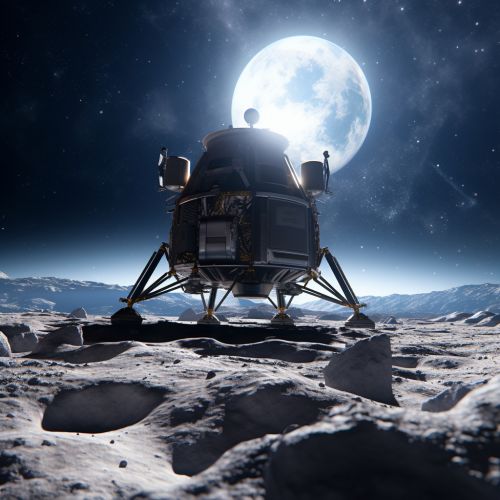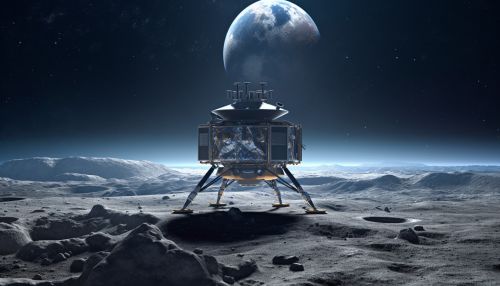Artemis program
Overview
The Artemis program is an ongoing project by the NASA aimed at landing "the first woman and the next man" on the Moon, specifically at the lunar south pole region by 2024. Named after the twin sister of Apollo, the Greek goddess Artemis, the program is carried out in collaboration with international partners such as the ESA, the JAXA, and the CSA. The Artemis program represents the next step in human exploration of our Solar System and includes both the crewed lunar missions as well as robotic missions.


History
The Artemis program was announced in December 2017 as a directive from President Donald Trump to NASA, directing the agency to return humans to the Moon. This directive, known as Space Policy Directive 1, amended the previous NASA mission plan which was focused on the journey to Mars. The Artemis program was officially named and its objectives were announced by NASA administrator Jim Bridenstine in May 2019. The program is seen as a stepping stone for NASA's long-term goal of establishing a sustainable, long-term presence on the Moon, laying the groundwork for private companies to build a lunar economy, and eventually sending humans to Mars.
Artemis I
Artemis I, formerly known as Exploration Mission-1 (EM-1), is the first in a series of increasingly complex missions that will enable human exploration to the Moon and Mars. This mission will be the first integrated flight test of NASA’s deep space exploration system: the Orion spacecraft, Space Launch System (SLS), and the ground systems at Kennedy Space Center in Cape Canaveral, Florida. Artemis I will be an uncrewed flight that will provide a foundation for human deep space exploration, and demonstrate our commitment and capability to extend human existence to the Moon and beyond.
Artemis II
Artemis II, the first crewed mission of the program, will test critical mission systems and will send astronauts around the Moon and back, paving the way for future missions that land astronauts on the lunar surface. The primary objectives for the Artemis II mission include a crewed demonstration of the Space Launch System (SLS) rocket, the Orion spacecraft, and the hardware and procedures necessary to conduct a human mission to the lunar vicinity.
Artemis III
Artemis III aims to land astronauts on the Moon by 2024. This mission will leverage the results of Artemis I and II to achieve the program’s primary goal of a crewed lunar landing. The mission will include the delivery of a suite of new scientific instruments and technology demonstrations to study the Moon, as well as the deployment of the first element of the Gateway, a small spaceship that will orbit the Moon and provide astronauts with access to the lunar surface.
Future Missions
Beyond Artemis III, the program envisions a series of lunar missions throughout the 2020s. These missions will establish a sustainable human presence on the Moon, expand our knowledge of the Moon, demonstrate new technologies, and lay the foundation for private companies to build a lunar economy. The Artemis program also serves as a stepping stone for NASA's long-term goal of sending humans to Mars.
